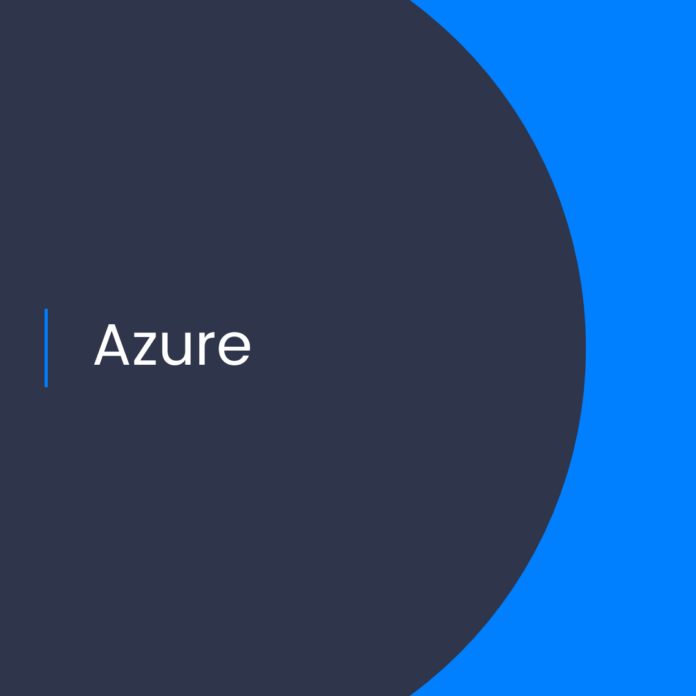Blog Post Outline
H2: Simplifying Data Streaming from Event Hubs to ADX
H3: Introduction
Subheading: What is Event Hubs?
Paragraph: Event Hubs is a managed, real-time data streaming platform and event ingestion service that enables you to collect, process, and analyze streaming data from millions of sources. It enables users to ingest data from virtually any source, including IoT devices, mobile applications, web apps, and websites. It is a cloud service and is available on all major cloud providers, including Microsoft Azure, Amazon Web Services (AWS), and Google Cloud Platform (GCP).
Subheading: What is Azure Data Explorer (ADX)?
Paragraph: Azure Data Explorer (ADX) is a fully managed service for ingesting, storing, and analyzing large amounts of structured and unstructured data in real-time. It is built on the same technology as Microsoft’s search engine, Bing, and is designed to quickly and easily analyze massive amounts of data to provide insights in near-real time. ADX is designed for interactive exploration of data and offers a wide range of analytics capabilities, including predictive analytics, machine learning, and graph analysis.
H3: Stream Data from Event Hubs to ADX
Subheading: Step 1: Create an Event Hub
Paragraph: The first step in streaming data from Event Hubs to ADX is to create an Event Hub. This can be done through the Azure portal or through the Azure CLI. Once the Event Hub is created, you can configure it to ingest data from sources such as IoT devices, web apps, and websites.
Subheading: Step 2: Configure Event Hubs
Paragraph: The next step is to configure the Event Hubs to ingest data from the desired sources. This can be done through the Azure portal or through the Azure CLI. Event Hubs can be configured to ingest data from a variety of sources, including IoT devices, mobile applications, web apps, and websites. Event Hubs can also be configured to route data to other services, such as ADX.
Subheading: Step 3: Create an ADX Table
Paragraph: Once the Event Hubs are configured, the next step is to create an ADX table to store the ingested data. This can be done through the Azure portal or through the Azure CLI. ADX tables can be configured to store data in a variety of formats, including CSV, JSON, and Parquet.
Subheading: Step 4: Configure a Data Loader
Paragraph: The next step is to configure a data loader to ingest the data from the Event Hubs into the ADX table. This can be done through the Azure portal or through the Azure CLI. Data loaders can be configured to ingest data from a variety of sources, including Event Hubs, HDFS, and Blob Storage.
Subheading: Step 5: Monitor the Data Stream
Paragraph: Once the data loader is configured, the next step is to monitor the data stream to ensure it is flowing correctly. This can be done through the Azure portal or through the Azure CLI. The data stream can be monitored for errors and other anomalies. ADX also provides analytics capabilities to help visualize and analyze the data stream.
H3: Conclusion
Paragraph: Simplifying data streaming from Event Hubs to ADX is a straightforward process that involves creating an Event Hub, configuring it to ingest data, creating an ADX table, configuring a data loader to ingest the data into the ADX table, and monitoring the data stream. By following these steps, organizations can quickly and easily stream data from Event Hubs to ADX.



